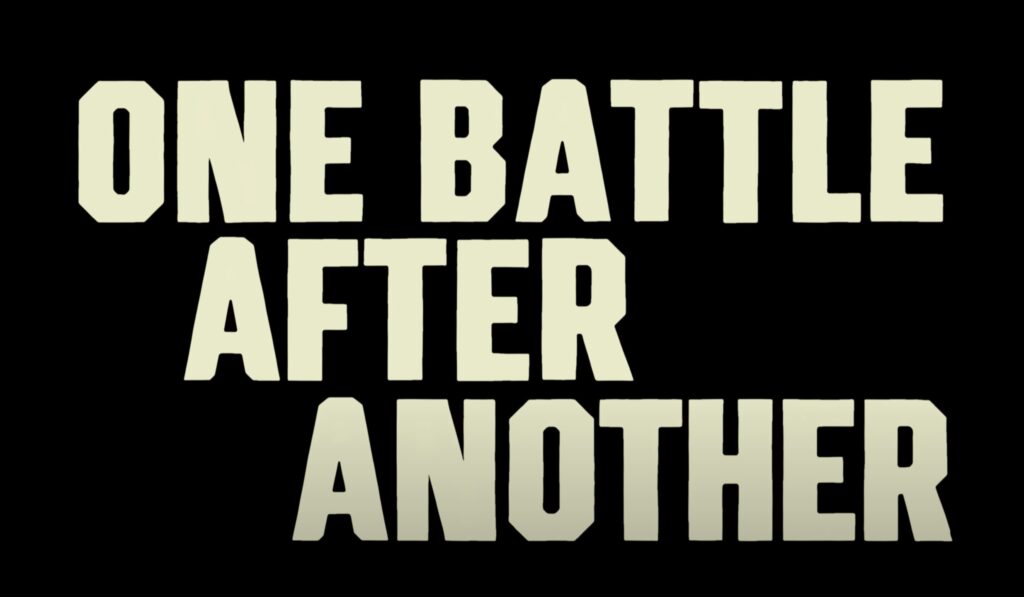
“One Battle After Another” Review: A Masterpiece That Couldn’t Win the Box Office War
Paul Thomas Anderson’s One Battle After Another is, by all critical accounts, a triumph — a gripping dramatic political thriller that combines the director’s meticulous craft with a surprising dose of adrenaline. Starring Leonardo DiCaprio, Sean Penn, Benicio del Toro, Teyana Taylor, Regina Hall, and more the film has been widely hailed as one of the year’s best, a rare blend of intellect and entertainment that manages to thrill without compromising artistic integrity.
Critics have been nearly unanimous in their praise. Max Weiss of Baltimore Magazine calls it “impossible to overstate how much fun this thing is,” while Nick Bradshaw of Sight & Sound describes it as “a terrific ride.” Caryn James at the BBC goes even further, saying a car chase sequence “makes you feel as if you’re on a rollercoaster.” This is not one of those “eat-your-vegetables” prestige pictures that’s admirable but tedious — it’s a three-hour epic that pulses with energy, wit, and visual bravado.
And yet, despite the acclaim, One Battle After Another is struggling to win its own war at the box office. According to Variety, the film’s global haul of $140 million — impressive by some standards — falls far short of the roughly $300 million it needs to break even. With a production budget reported at $130 million and substantial marketing expenses pushing that figure even higher, the movie is “tracking to lose $100 million.” Warner Bros has disputed those numbers, but the math isn’t kind. Four weekends after its late-September release, Box Office Mojo lists the film’s total gross at $162.5 million.
The irony is hard to miss. In an era dominated by sequels, superheroes, and safe bets, One Battle After Another offers something truly original — an ambitious, R-rated, politically charged spectacle led by one of Hollywood’s biggest stars. Yet even DiCaprio’s magnetism hasn’t been enough to lure mainstream audiences in droves. For cinephiles, the film remains a shining example of what studio filmmaking can be. But financially, Anderson’s latest masterpiece may go down as another casualty in the battle for mature, original cinema.


